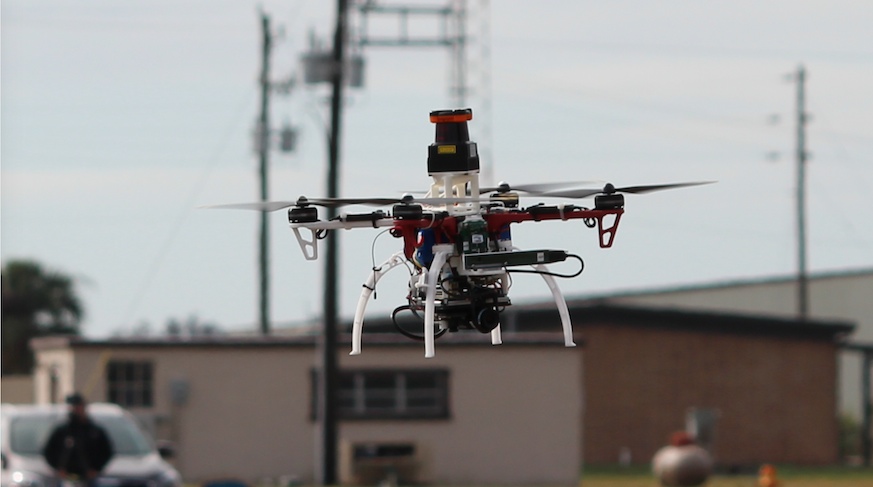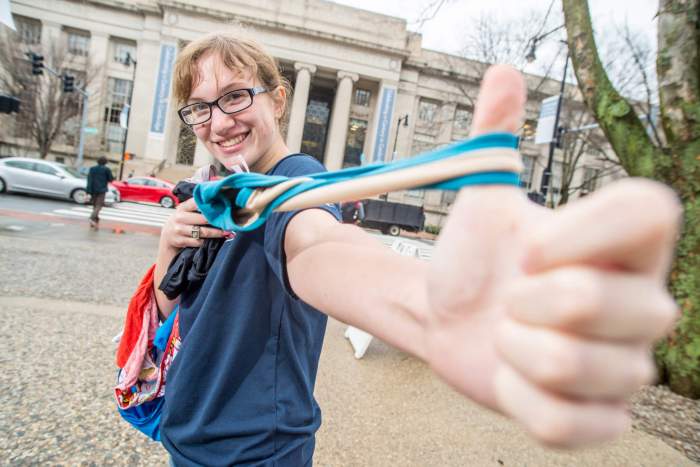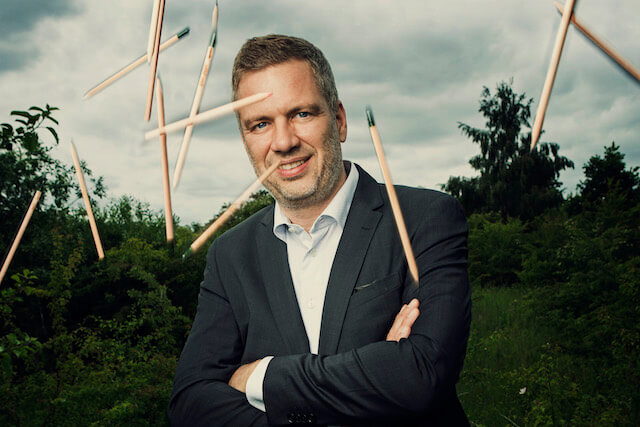Flying a drone is hard — all the crash videos available online make that clear.
It’s even harder for a drone to fly itself, especially through areas like cities, forests or warehouses, where there are a lot of things to run into.
Autonomous drones could revolutionize a lot of fields, but before your packages can be delivered by a self-navigating robot, it has to know how to fly through dense environments without crashing.
Scientists at the Massachusetts Institute of Technology’s Computer Science and Artificial Intelligence Laboratory (CSAIL) are making headway on just that.
CSAIL researchers have developed a system called Nanomap that allows autonomous drones to fly 20 miles per hour through crowded spaces, avoiding the obstacles that could stop them in their tracks.
It’s hard for autonomous drones to know exactly where they are or how far they’ve traveled, explained Pete Florence, an MIT graduate student and lead author on a paper explaining Nanomap.
“Because they don’t have wheels on the ground, they’re much more uncertain about where they’re moving,” he said. “If they had wheels, it could be as simple as measuring how much the wheels turned and that’s a good measure of how far you moved.”
Instead, drones take a lot of measurements — but that takes time and can’t be done as fast as it’s flying through the air.
Nanomap takes a more general approach, basically always thinking that the drone’s position is uncertain, not a fixed dot on a digital map.
“As roboticists, we get excited about all the little details, but the big picture this is all about is not hitting things,” Florence said.
By thinking that a drone doesn’t need to take “100 different measurements and find the average to figure out its exact location in space,” according to MIT, Nanomap gathers just enough information to know an object is in a general area.
And that’s pretty revolutionary. This system can apply to all autonomous tech, like self-driving cars. When it comes to drones, it can help them better conduct search and rescue operations through dense areas full of obstacles, researchers say, or deliver packages through a crowded city.
It can also apply to one of the biggest drone uses: filming video.
“There’s a dream of having a drone follow you while you’re snowboarding and dodge the trees,” Florence said. “Lots of companies are working on that, and this approach definitely helps.”

























